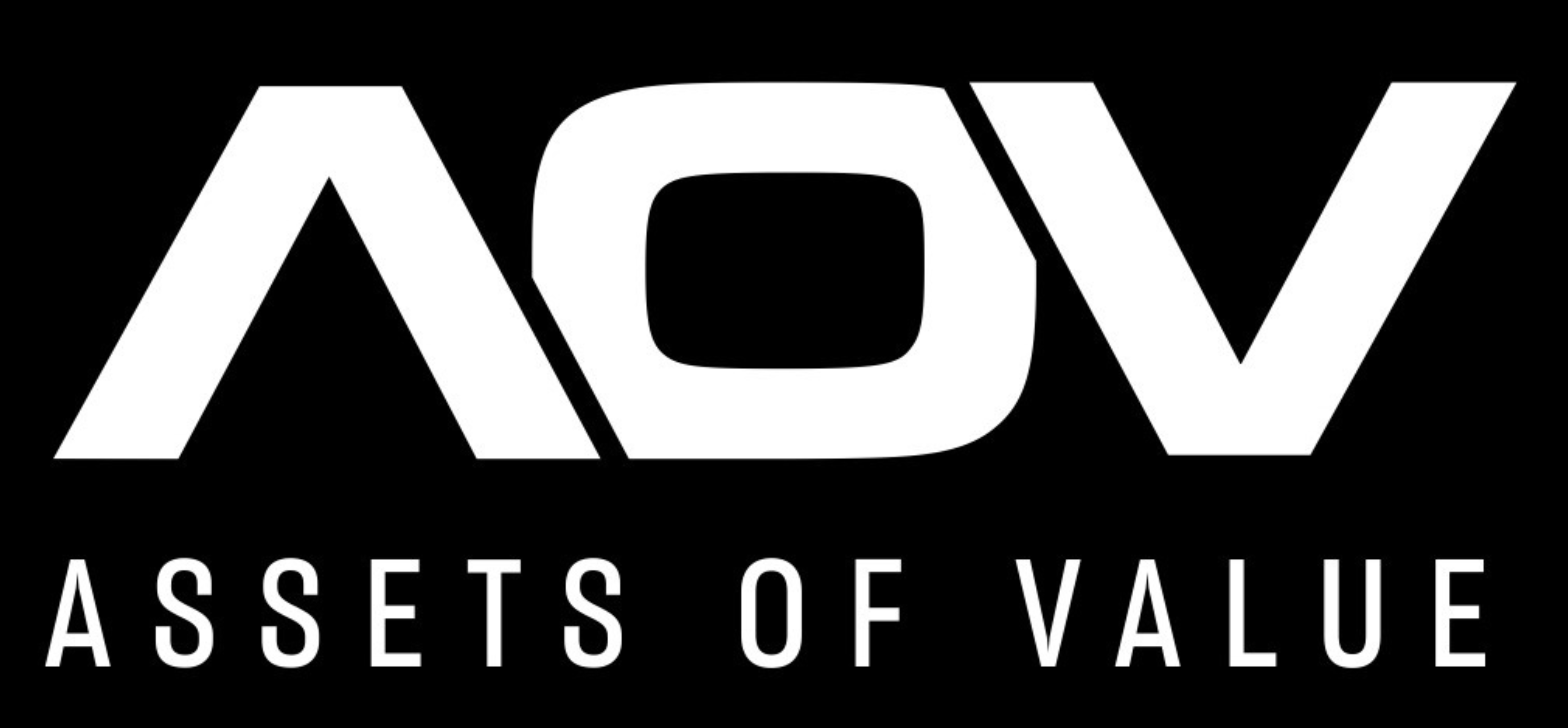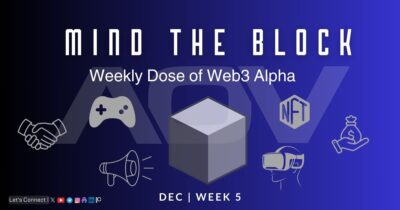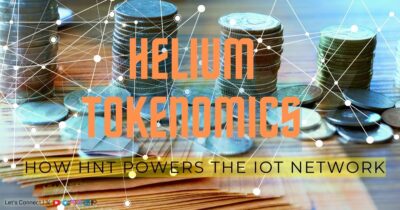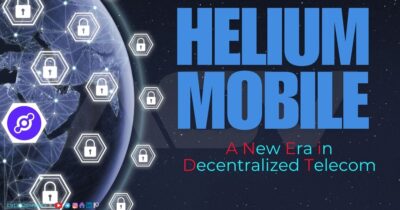
Helium’s single-token economy revolves around its native cryptocurrency, HNT, and a complementary utility token known as Data Credits (DC). This structure is designed to support the network’s operations while incentivizing users to participate in the ecosystem. This article analyzes the mechanics of Helium’s single-token economy, its benefits, and the challenges it presents to users and investors, referencing insights from the latest Messari report and other sources.
Mechanics of Helium’s Single-Token Economy
Table of Contents
1. Token Structure
- HNT (Helium Network Token): The primary token used for transactions within the Helium ecosystem. HNT is earned by users who operate Hotspots that provide wireless coverage for IoT devices.
- Data Credits (DC): A non-exchangeable token used to pay for transaction fees on the network. DCs are generated by burning HNT, creating a relationship between the two tokens through a mechanism called Burn-and-Mint Equilibrium (BME).
2. Burn-and-Mint Equilibrium
- The BME model ensures that the supply of HNT responds to network usage trends. When users burn HNT to create DCs, it reduces the circulating supply of HNT, maintaining a balance between token creation and destruction.
- This mechanism helps stabilize the value of HNT while ensuring that there are enough DCs available for users to transact on the network.
3. Mining and Rewards
- Helium utilizes a unique consensus mechanism called Proof of Coverage (PoC), which verifies that Hotspots are providing legitimate wireless coverage.
- Miners earn HNT rewards based on their contributions to the network, including their location and the quality of coverage they provide.
Benefits of Helium’s Single-Token Economy
1. Incentivized Participation
- Users are motivated to set up Hotspots and provide coverage due to the potential earnings from HNT rewards. This incentivizes more participants to join the network, enhancing its overall coverage and utility.
2. Reduced Transaction Costs
- By using DCs for transaction fees, users can avoid high costs associated with traditional payment methods. The use of a stable utility token allows for predictable costs when interacting with the network.
3. Flexibility and Scalability
- The single-token economy allows for flexibility in how HNT is used within the ecosystem. As more devices connect to the network, demand for DCs increases, supporting both user growth and network scalability.
4. Community Growth
- The structure encourages community involvement as users can directly influence network performance through their actions. This grassroots approach fosters a sense of ownership among participants.
Challenges of Helium’s Single-Token Economy
1. Market Volatility
- The market value of HNT can be highly volatile, influenced by broader cryptocurrency market trends and investor sentiment. This volatility can deter potential users who are risk-averse.
2. Regulatory Uncertainty
- As with many cryptocurrencies, regulatory scrutiny poses challenges for Helium’s operations. Compliance with evolving regulations could impact how HNT and DCs are utilized within the ecosystem.
3. Complexity of Token Dynamics
- The relationship between HNT and DCs can be complex for new users to understand. The necessity to burn HNT to create DCs may create confusion regarding how best to manage their tokens effectively.
4. Dependency on Network Growth
- The success of Helium’s economy relies heavily on continuous growth in user adoption and IoT device connections. If growth stagnates, it could lead to decreased demand for HNT and DCs.
Conclusion
Helium’s single-token economy presents a unique approach to incentivizing user participation while managing token supply through innovative mechanisms like Burn-and-Mint Equilibrium. While there are significant benefits to this model—such as incentivized participation, reduced transaction costs, and community growth—challenges like market volatility and regulatory uncertainty remain critical considerations for users and investors.As Helium continues to expand its network and refine its economic model, understanding these dynamics will be essential for stakeholders looking to engage with this pioneering project in the Internet of Things space. By navigating these benefits and challenges effectively, users can maximize their participation in Helium’s ecosystem while investors can make informed decisions about their investments in HNT.
Found value in the insights shared here? Check out our YouTube and Twitter, loaded with content meant to educate and entertain.
Follow our Telegram for a sneak peek at alpha; for an even deeper dive, join our Patreon community, where we share exclusive alpha for you to be the ‘early bird.’
Follow us today, and let’s explore Web3 together












